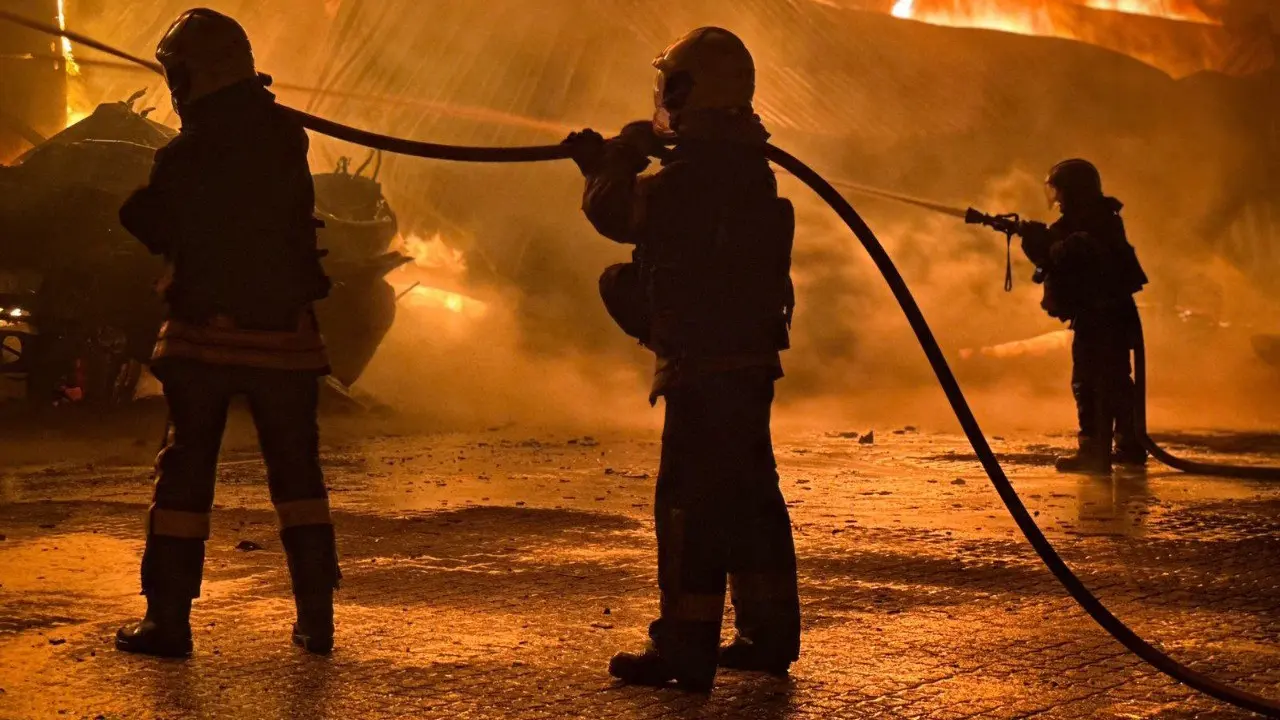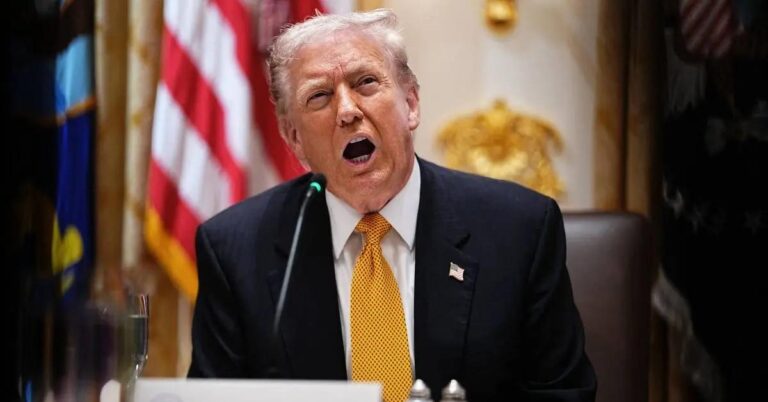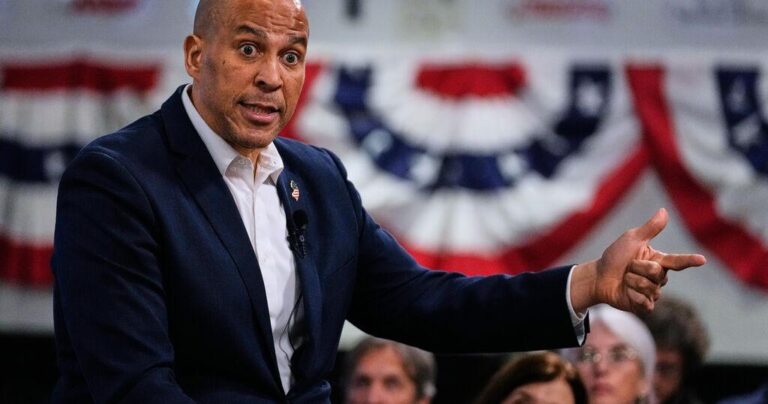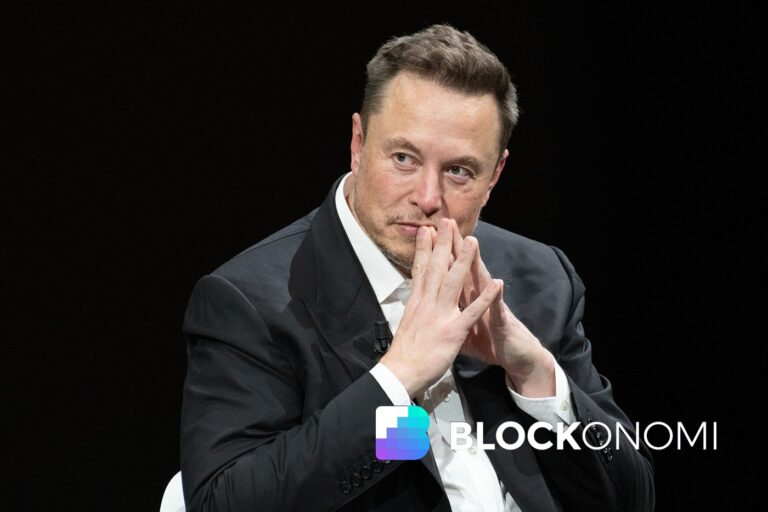
Russian Drone and Missile Strikes Wound at Least 20 in Kyiv, Damage Energy Infrastructure
Early Friday, Russian drone and missile strikes wounded at least 20 people in Kyiv, damaged residential buildings, and triggered widespread blackouts across parts of Ukraine. Prime Minister Yulia Svyrydenko described the attack as “one of the largest concentrated strikes” against Ukraine’s energy infrastructure.
According to Russia’s Defence Ministry, the strikes targeted energy facilities supplying Ukraine’s military. While the ministry did not specify which facilities were hit, it stated that Russian forces employed Kinzhal hypersonic missiles and strike drones during the assault.
Ukraine’s air force reported on Saturday that its air defenses intercepted or jammed 54 out of 78 Russian drones launched overnight. Meanwhile, Russia’s Defence Ministry claimed to have shot down 42 Ukrainian drones over Russian territory.
In related developments, at least two people were killed and five wounded in airstrikes on Kostiantynivka, a city in Ukraine’s Donetsk region, according to regional Governor Vadim Filashkin.
Diplomatic and Defense Developments
Ukrainian President Volodymyr Zelenskyy said on Saturday that he had a “very positive and productive” phone call with U.S. President Donald Trump. In a post on X, Zelenskyy shared that they discussed Russian attacks on Ukraine’s energy system and explored opportunities to strengthen Ukraine’s air defenses.
“There needs to be readiness on the Russian side to engage in real diplomacy—this can be achieved through strength,” Zelenskyy wrote.
Strategic Importance of Ukraine’s Energy Sector
Ukraine’s energy sector has been a critical battleground since Russia launched its full-scale invasion over three years ago. Each year, Russia has attempted to cripple the Ukrainian power grid ahead of the harsh winter season, seemingly aiming to erode public morale. Winter temperatures typically span from late October through March, with January and February being the coldest months.
In his nightly address on Friday, President Zelenskyy noted that Russia was exploiting the world’s focus on the Middle East peace process. He called for stronger air defense systems and tighter sanctions against Russia.
“Russian assets must be fully used to strengthen our defense and ensure recovery,” he said in the video posted to X.
International Support and Financial Aid
On Friday, British Prime Minister Keir Starmer, French President Emmanuel Macron, and German Chancellor Friedrich Merz issued a joint statement expressing readiness to coordinate the use of immobilized Russian sovereign assets to support Ukraine’s armed forces and bring Russia to the negotiation table. They emphasized close cooperation with the United States in this endeavor.
Ukraine’s estimated budget and military needs for 2026 and 2027 are around 130 billion euros (USD 153 billion). Since the war began in February 2022, the European Union has already contributed approximately 174 billion euros (about USD 202 billion).
The largest pool of frozen Russian assets is held in Belgium, totaling about 194 billion euros (USD 225 billion) as of June. Additional frozen assets are held outside the EU—in Japan (around USD 50 billion), with further amounts in the United States, the United Kingdom, and Canada.
Disclaimer
This story has been sourced from a third-party syndicated feed and agencies. Mid-day accepts no responsibility or liability for the dependability, trustworthiness, reliability, or data accuracy of the text. Mid-day management and mid-day.com reserve the sole right to alter, delete, or remove (without notice) the content at their absolute discretion for any reason whatsoever.
https://www.mid-day.com/news/world-news/article/russia-ukraine-war-power-restored-to-800-000-in-kyiv-after-major-russian-strikes-on-ukraines-energy-grid-23598257





